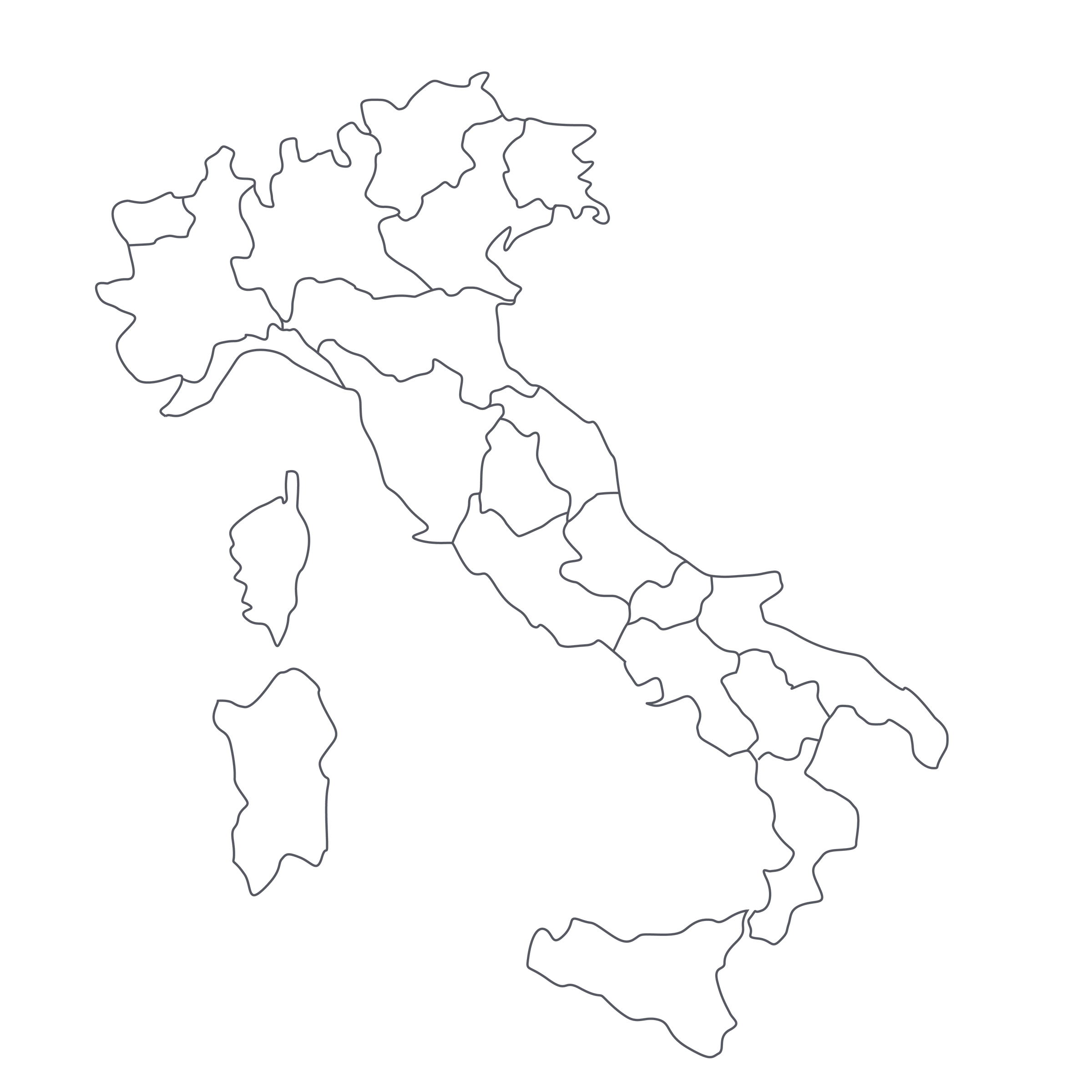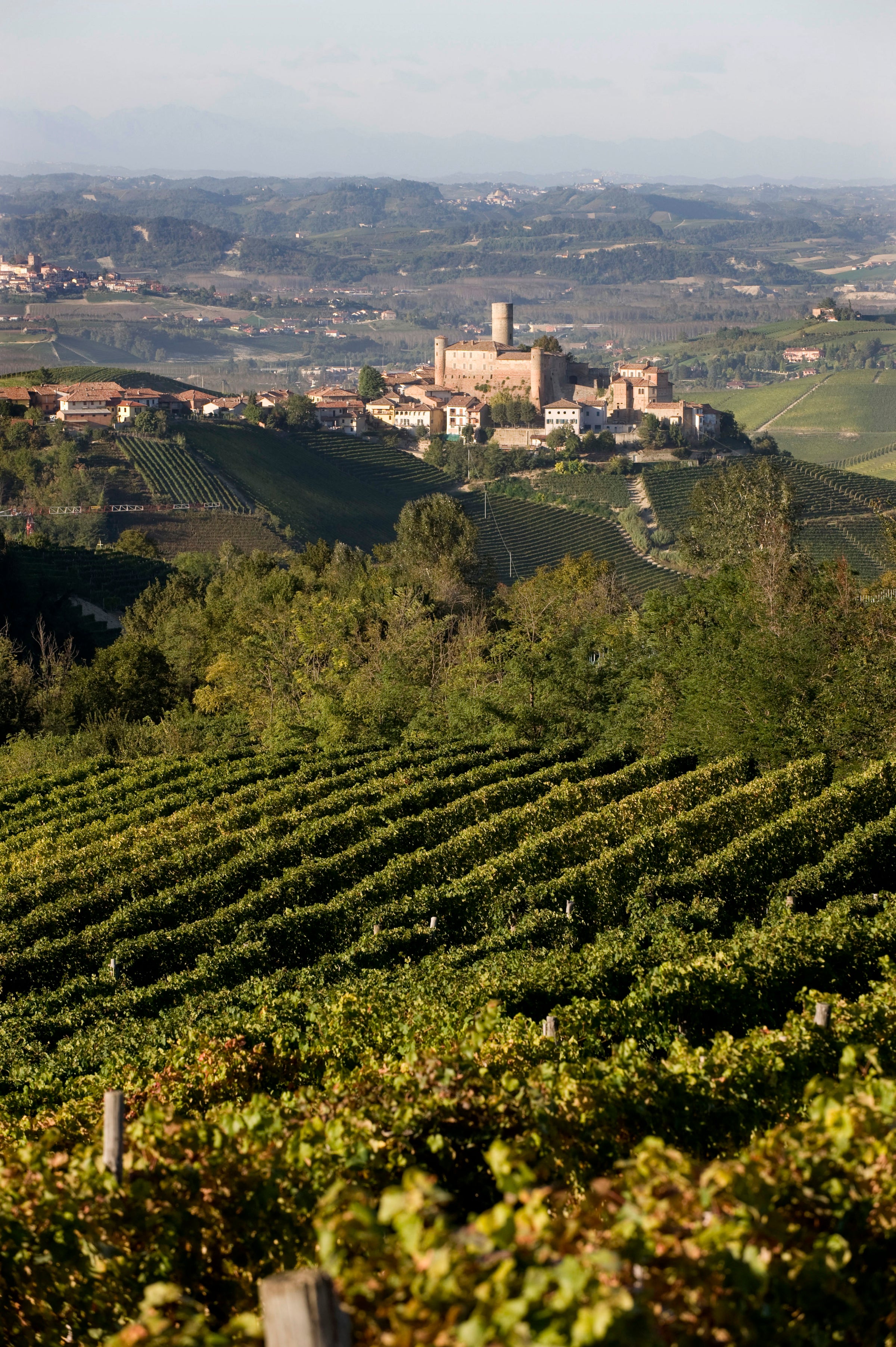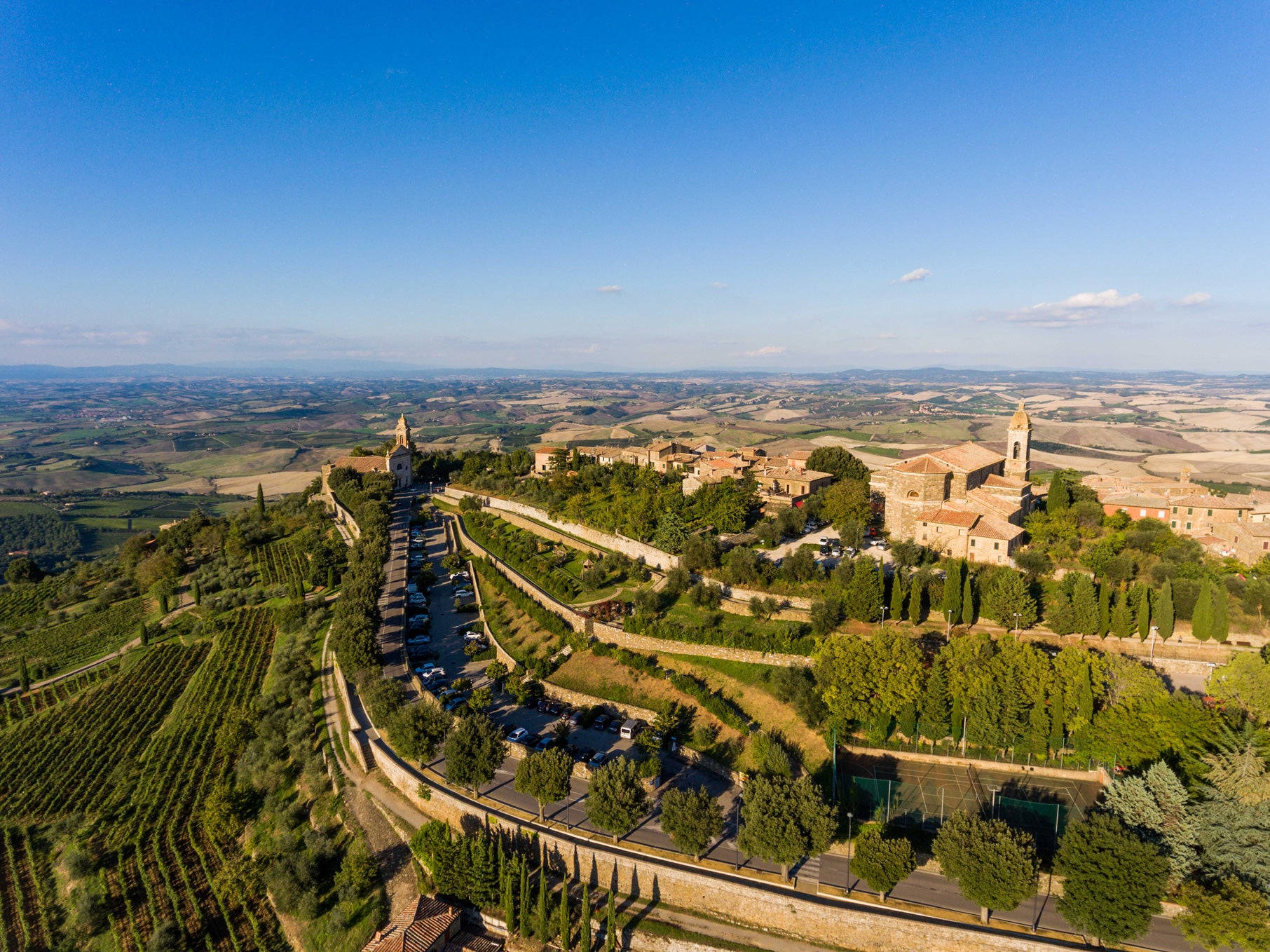As I write this, a cold front is sweeping through my area, bringing blustery winds with it. The trees are swaying, the ground is blanketed with leaves and small branches, and as far as I’m concerned, there is no more perfect wine for this moment than Monsecco’s “Pratogrande” Nebbiolo.
It smells like the approaching winter: warm spices, dried fruits, and a hint of smoke, like leaves burning in the distance. Grown in the hills north of Novara, in northern Piedmont, this is a wine to take refuge in, a wine that counters a biting chill by biting back—without taking too much of a bite out of your bank account. For those of you already enamored with Piedmontese Nebbiolo, all you need to do is look at the price and the name Monsecco and it’s off to the races: The Zanetta family has proved, across its broad-ranging lineup, that they are among the most masterful, and tradition-minded, growers of Nebbiolo in the entire “alto Piemonte.” Pratogrande is sourced from hillside vineyards that skirt the famed Gattinara and Ghemme DOCGs (Monsecco makes wines from both designations) and, with its “Colline Novaresi” designation, is to those DOCGs what “Langhe Nebbiolo” is to Barolo—the “little brother” wine that often becomes the star of the show. If you are like me and crave the woodsy, autumnal flavors of Nebbiolo even more than usual this time of year, get this wine in your glass as soon as possible; it’s everything one could ask for and more, performing at a level way above its modest price point.
Going back to the Barolo comparison for a moment, I would liken this wine to a Langhe Nebbiolo (or Nebbiolo d’Alba) from the bluest of blue-chip producers (Giacosa; Vietti; Brovia; etc.). It’s a chance to experience greatness at a fraction of the cost of the bigger-ticket appellation wine, which in Monsecco’s case would be its bottlings from the Sizzano, Ghemme, and Gattinara DOC(G)s. As I’ve mentioned many times in offerings of “alto Piemonte” wines, this is a region that was once the commercial capital of Piedmontese wine production, with Gattinara leading the way, but after WWII, the Nebbiolo epicenter moved south to Barolo and Barolo.
Northern Piedmontese wine appellations shrunk dramatically in size, and many labels faded from view, including Monsecco: Lorenzo Zanetta had been a major négociant (merchant-bottler) in the region in the 1960s, but the brand disappeared for a time before his sons, Sergio and Valter, undertook a revival in the early 1990s. The long process began with purchasing and rehabilitating vineyards and releasing humble, low-priced wines. Over the past few decades, a few single-village releases from neighboring Sizzano and Ghemme crept into the mix. Then came a stellar, long-aging Gattinara, a perennial SommSelect favorite, which is sourced from two of the appellation’s top high-elevation, old-vine crus, “Alice” and “Osso.” Their ‘house style’ is traditional through and through: long macerations on the skins during fermentation, followed by aging in large, Slavonian oak botti before bottling.
With Pratogrande, which hails from vineyards in morainic soils on the eastern banks of the Sesia River, the Zanettas shorten that maceration time a bit to keep the tannin levels more moderate, but they don’t skimp on the aging regimen: You won’t see many wines carrying the Colline Novaresi designation that spend two years in barrel (longer than some Barolos) and another year in bottle before release. The wine is 100% Nebbiolo, and, having been given ample time to knit together and broaden aromatically, it is singing right now. In the glass, it’s a medium garnet red moving to a pink/brick orange rim, with the full array of Nebbiolo aromas rushing from the glass to greet you: dried cherry, rose petal, blood orange peel, tobacco, leather, tar, underbrush, and lots more. It is medium-bodied and bright, with the gentlest nip of tannin lending backbone and a recognizable array of “secondary” aromas/flavors beginning to creep into the mix. Decant this bottle about 30 minutes before serving in Burgundy stems at 60-65 degrees and look to the woods for inspiration on the pairing—game birds would be great, as would mushrooms, truffles (in season now), or braised beef. As for me, I’ve found my Thanksgiving wine for this year. Don’t miss this!









